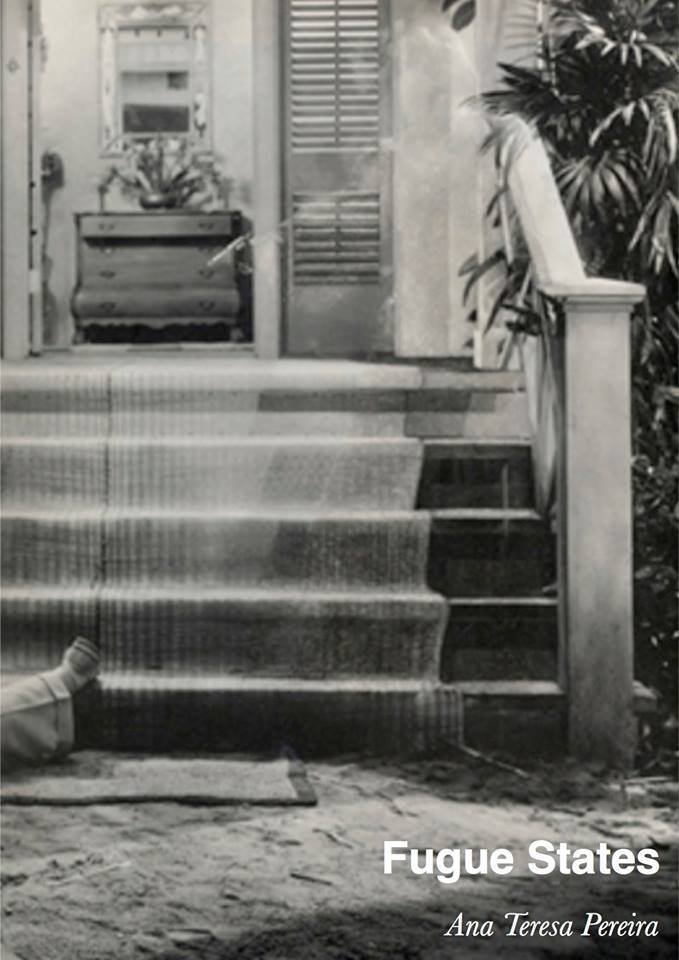So, here for the first time in English, translated by Ana herself, is the work of Ana Teresa Pereira. It’s difficult to describe the style and content of her stories. The language is deceptively plain, unassuming—writing that doesn’t draw attention to itself—which is, of course, an accomplishment in itself, but what is really remarkable about these stories is their content. The eight stories here are all told from a female perspective. The women are all either actors or painters. They all read detective novels and listen to jazz. They all love the smell of heather and lavender. They all dress simply, usually in faded jeans and a white T-shirt. Pullovers, raincoats. Nearly all of them have green eyes. All their husbands are either playwrights or theatre directors. All the houses they live in seem to be chilly. The houses are either previously-abandoned or are situated on the edge of town. No one else is ever around, but there is usually a cat somewhere or other. In this way, Ana’s stories recall the mood and atmosphere of a painting by Giorgio de Chirico or Edward Hopper.
But that’s not the half of it. Despite reading the stories many times and thinking about them, I still couldn’t put my finger exactly on what I found so strange about them. In his book, The Weird and the Eerie, Mark Fisher examines and discusses what is weird or eerie in the work of writers and filmmakers as varied as Daphne du Maurier, David Lynch, HG Wells, Jonathan Glazer and Joan Lindsey’s Picnic at Hanging Rock. Fisher’s contention is that examples of the ‘weird’ and the ‘eerie’ are to be found on the fringes of science-fiction and horror genres. Both share a preoccupation with the strange, a fascination for the outside, for what lies beyond standard perception, cognition and experience. This involves a certain apprehension, dread even. Freud’s term unheimlich—which is usually translated as ‘uncanny’ but is more accurately translated as ‘unhomely’—is about the strange within the familiar. The sense of wrongness of the unheimlich is often the sign of something new.
Eventually Fisher arrives at a distinction between what is ‘weird’ and what is ‘eerie’. He says that the ‘weird’ is ‘constituted by a presence—the presence of that which does not belong.’ The ‘eerie’, by contrast, he says is ‘constituted by a failure of absence or by a failure of presence.’ He goes on to say that the sensation of the eerie happens when there is something present where there should be nothing, or when there is nothing present where there should be something. As an example of the eerie constituted by a failure of absence, Fisher cites the ‘eerie cry’ of a bird. A bird’s cry is eerie because there is a feeling that there is something more in, or behind, the cry than we usually associate with a bird. The ‘eerie’ necessarily involves forms of speculation and suspense that are not an essential feature of the ‘weird’. The eerie concerns the unknown and, when knowledge is achieved, the eerie disappears.
This was all very revealing as I was reading Ana’s work. Fisher’s distinction between the weird and the eerie, and his definition of one kind of eerie-ness, presented me with a way of explaining what I find so intriguing about her stories. The mood and atmosphere of the stories do seem to stray as far as possible from the familiar world without venturing fully into the realms of horror or sci-fi, but there are touches of the unreal and horrific in them. All the characters are haunted, or seem to be suffering from one form of trauma or other—aphasia, amnesia, shock, dread. The empty eyes of an amnesiac. The blank expressions, rather like the ‘models’ in the films of Robert Bresson. All the characters pick up and leave, or arrive in, places without warning or surprise. There is no sense of direction, no reason for their comings and goings. They wander around like zombies. Fisher talks about the repetition and doubling that is so central to Freud’s idea of the unheimlich and this is a very strong feature in Ana’s work. All the women in the stories seem interchangeable and, indeed, many of them replace other women in relationships, or are replaced by them. They are all doubles, doppelgängers, decoys. Some of them even have the same name. The narrator of “Fugue States”, for example, is a woman named Jenny—is this the same Jenny that appears in “Die, My Love”? Who knows? In keeping with Fisher’s idea that, when knowledge is achieved, the eerie disappears, Ana quite rightly never discloses the answers to these questions and so the stories keep their sense of the eerie.

